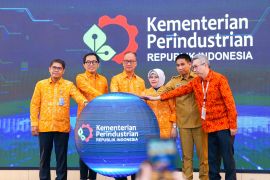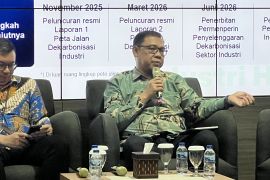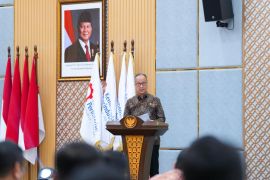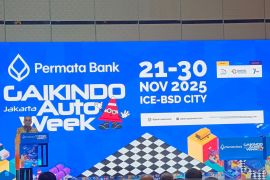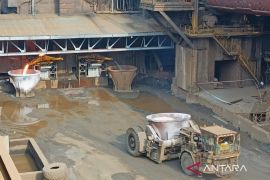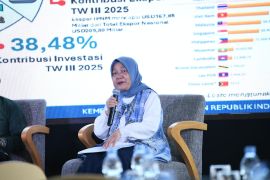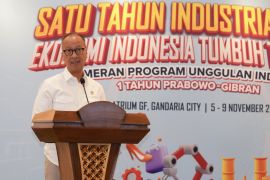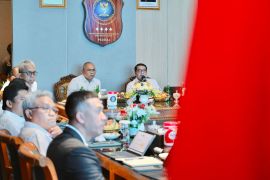Spokesperson for the ministry Febri Hendri Antoni Arif said in Jakarta on Wednesday that the growth reflects the resilience of the manufacturing sector in the face of global pressures and highlights its vital role as the driving force of the national economy.
“Even with policies that are not fully supportive of manufacturing, we’ve achieved 5.6 percent growth,” he pointed out.
“With pro-industry policies in place, the growth could be much higher. These pro-industry policies should support and protect domestic industries to sustainably boost national manufacturing performance,” he added.
Related news: Downstreaming, TKDN policies drive economic growth: Minister
Responding to economists’ concerns that the Q2 industry growth data released by Statistics Indonesia (BPS) was not aligned with the S&P Global’s Manufacturing Purchasing Managers’ Index (PMI), he said that the strong performance of the industrial sector is backed by reliable indicators.
These include the Industrial Confidence Index (IKI), Bank Indonesia’s Prompt Manufacturing Index (PMI BI), and investment and export achievements in the industrial sector.
According to the IKI report in July 2025, industrial confidence reached 52.89 points, up from 51.84 the previous month.
“This trend shows optimism and resilience among domestic industry players, despite global economic pressures and slowdowns in major trading partner countries such as the United States, Europe, Japan, and China,” he added.
The growth of the manufacturing sector is also reflected in real-world activities.
Related news: ICT manufacturing industry can support 8% growth goal: govt
In the first half of 2025, a total of 1,641 companies reported the development of new production facilities through the National Industrial Information System (SIINas), with total investments reaching Rp803.2 trillion.
This industrial expansion directly contributed to the creation of an estimated 303 thousand jobs— far higher than the number of layoffs reported by other ministries and business associations.
Arif emphasized the ministry’s commitment to maintaining the momentum of manufacturing growth as a core driver of economic development and the creation of quality employment.
He expressed optimism that manufacturing growth and its contribution to the national economy could increase further with the implementation of pro-industry policies.
Such strategic policies include controlling finished goods imports, redirecting their entry to eastern Indonesian ports, ensuring ease of raw material supply -- particularly gas for specific industries, and reducing bonded zone product quotas for the domestic market.
Arif clarified that the ministry does not use the PMI from S&P Global as the basis for policy formulation.
“We value the PMI survey as a general reference, but for policymaking, we rely on IKI and PMI BI. The IKI sample includes an average of 3,100 industrial companies per month, while the S&P Global PMI survey typically samples fewer than 500 companies,” he explained.
He said that manufacturing performance can be measured more accurately using IKI and PMI BI compared to other manufacturing indicators.
The IKI allows for detailed tracking of each non-oil manufacturing subsector since it is compiled by statistical experts from IPB University and validated by economists from the University of Indonesia.
The IKI is based on direct surveys of industry players across 23 manufacturing subsectors, covering aspects such as production, export and domestic demand, capacity utilization, workforce, and future business expectations.
Related news: New US tariff momentum for industry growth: Minister
Translator: Primayanti
Editor: Rahmad Nasution
Copyright © ANTARA 2025

